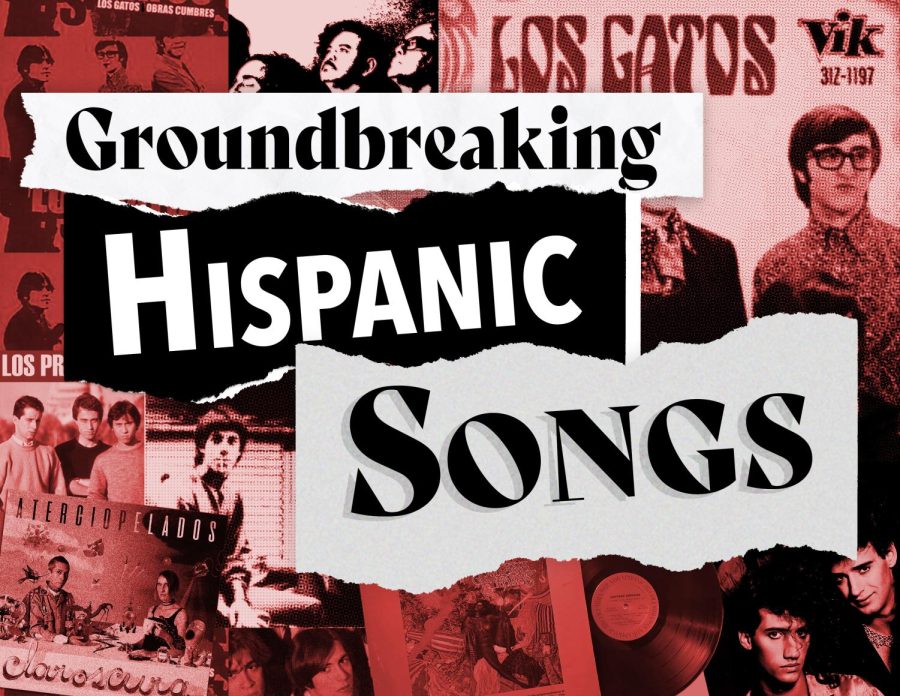Groundbreaking Hispanic Songs: Rock en Español Edition
In 1956, Gloria Rios, a Mexican singer, released the song “El Relojito,” drawing inspiration from rock music made by Black Americans — the first Latina woman to do so.
October 6, 2022
In 1956, Gloria Rios, a Mexican-American singer, released the song “El Relojito,” drawing inspiration from rock music made by Black Americans — the first Latina woman to do so. Two years later, 17-year old Ritchie Valens released the song “La Bamba,” a traditional folk song originating from the Mexican state of Veracruz. It became a Top 40 hit, reaching No. 22 in the United States; it was one of the first Latino songs to do so. Valens was not able to fully enjoy his fame as four months later, he died in a plane crash alongside other rockstars, an event later dubbed “The Day the Music Died.”
Over 60 years later, Rios’ and Valens’ impact on the Hispanic community has become apparent. Other Latino artists rose to fame, performing rock songs in the same rhythm popularized by artists such as Chuck Berry, Elvis and The Beatles.
Thus, the genre “rock en Español” was born.
Rock en Español has evolved throughout the years, and all Hispanic countries have had their take on the genre, such as Colombians with hard rock, Argetinians merging rock genres together, and Mexicans with pop-rock . The genre has been influenced by various moments in rock history: the British invasion of the ’60s, glam rock of the ’80s and the alternative rock of the ’90s.
What makes rock en Español so important is the usage of the Spanish language , which was not common within the rock genre — especially considering that these songs were popular in the United States, Canada and the United Kingdom.
This playlist features the groundbreaking songs of the genre, which, to this day, continues to break barriers, garnering international attention and leaving its audience with an appreciation of music outside of the English language.
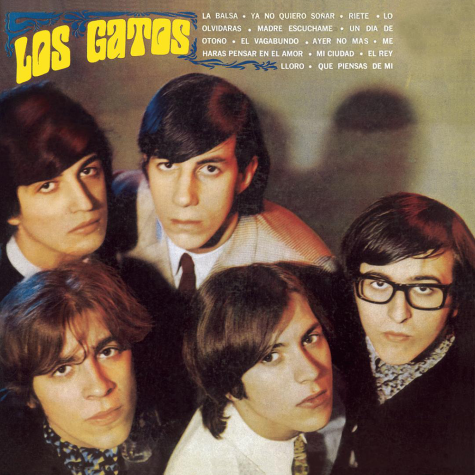
“La Balsa,” Los Gatos
Argentine rock band Los Gatos did not expect to garner fame with their debut single “La Balsa” (which translates to “The Raft” in English), released in July of 1967. The song amassed high sales — with over 200,000 copies sold — and prompted the band to create their first LP record, “Los Gatos”.
Inspired by the hippie counterculture of the United States, the song adds elements of psychedelia. It is noted for its heavy usage of the electronic organ, giving it a trippy-like sound that was common in songs from the era. The song follows the common songwriting trope of “happy sounds, sad lyrics.” The lyrics expand on the idea of freedom; it is obvious that the band is dissatisfied with life and wants to escape on a raft.
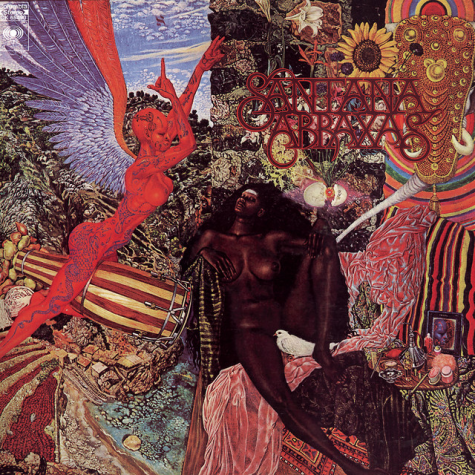
“Oye Como Va,” Santana
With his cover version of Tito Puente’s song “Oye Como Va,” (“Listen to How” in English) Mexican-American Carlos Santana (guitarist and lead vocalist of the band Santana) keeps the same energy from the original, while adding a bit of his band’s own magic to the mix.
The original song features the cha-cha-cha rhythm popularized in Cuba, but Santana’s version includes the electric guitar — his specialty — and combines the typical Latin sounds (including percussion instruments such as the congas and the timbales) with the popular guitar solos and blues element of the early 1970s. The lyrics have a happier tone — hence why it is typical to hear this song at a Latino party.
Santana’s legacy dominates outside of the rock en Español genre, being one of the most popular Latin acts in American rock history. After all, this song was included in NPR’s list of the most important American musical works of the 20th century.
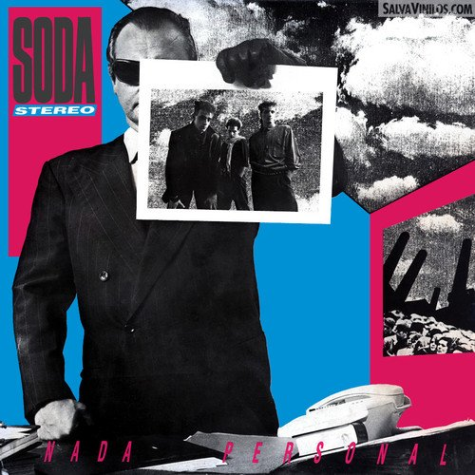
“Cuando Pase el Temblor,” Soda Stereo
With a music video featuring gothic outfits and hairdos that resemble other bands of the era, “Cuando Pase el Temblor” (“When the Tremor Ends” in English) remains Argentine rock band Soda Stereo’s most prominent single.
Following a new wave style popularized by British and American acts of the mid-1980s, the song has a carnival-like sound, with instruments featured such as a flute to create a tropical beat. However, the lyrics don’t necessarily follow suit. The song inspires various interpretations, but the most common is the idea of difficult times. Though it is happening, it’ll be over before you know it — hence the title, “Cuando pase el temblor,” which suggests that when a horrible event passes, it eventually gets better.
Since many Latino countries at the time faced various situations that deeply affected their citizens—such as an earthquake in Mexico and a political dictatorship in Chile—many resonated with the song’s theme.

“Devuélveme a mi Chica,” Hombres G
Nowadays, if someone were to listen to this song, they’d probably attribute it to TikTok, as the song became a trend with over 30,000 users playing the song in their videos. However, 35 years prior, this song was charting in various countries outside of Spain — Hombres G’s home country — such as Peru, Colombia and Mexico, making this song a classic ’80s Spanish hit.
With the catchy chorus of “sufre, mamon” and a 1950s rock and roll vibe, Hombres G knows how to tell a riveting story in only three minutes: A man, who wants nothing more than his girl back, uses “polvo picapica” (itching powder) — among other ways, which get more dangerous throughout the song — as a way to enact revenge on the guy who took his girl (hence the title of the song: “Give me Back my Girl”.)

“Tren al Sur,” Los Prisioneros
Opening with a synth-pop style piano playing and transitioning into an early ’90s alternative rock beat, “Tren al Sur” (“Southbound Train” in English) became the Chilean band Los Prisioneros’ most popular song. Written during a “slight state of intoxication,” according to lead singer Jorge Gonzalez, the song did not originally gain any airplay as radio stations at the time considered Los Prisioneros as an “outdated 80s band.” The music video — which is fittingly filmed on a train — immediately led to a change of heart. It was even nominated under the International Viewer’s Choice: MTV Internacional category at the MTV Video Music Awards in 1990.
At first glance, the song simply seems to describe a man’s commute on the train. However, it is deeper than that: It shows his thoughts and sights during it, which bring him joy, telling the audience to not refer to him as poor as he is happy to be on the train.
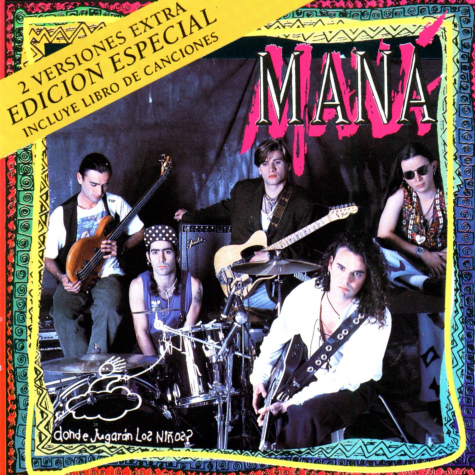
“Oye mi Amor,” Maná
One of the most popular rock en Español acts, the Mexican rock band Maná fuses three different genres — pop, rock and reggae — in this love song (“Hey my Love” in English). Starting with the line “Sabes como te deseo” (“Do you know how much I desire you”), it is apparent that Maná desperately wants their love to be with them until the end. The song serenades you with its unique combination of the electric guitar and the flute, making the listener feel like the band might have written the song just for them.
Released in 1992, the album “¿Donde Jugaran Los Niños?” sold 3 million copies, was No. 4 on Billboard’s Top Latin Albums Chart, and is featured in the video game “Rock Band 3” — one of the few international songs to be featured on the game.
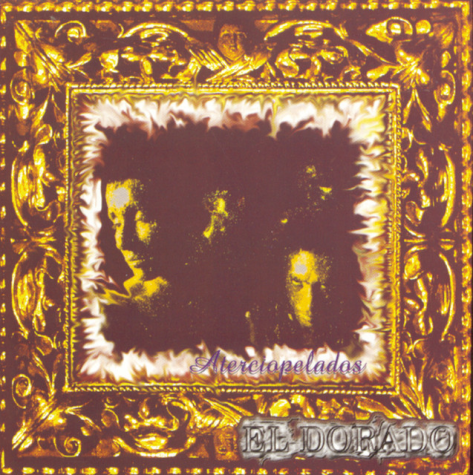
“Florecita Rockera,” Aterciopelado
The Colombian rock group Aterciopelado begins “Florecita Rockera” (“Rock and Roll Flower” in English) with a soft guitar playing. As the song reaches the chorus, it adopts more of a hard rock vibe, hyping up the listener as lead singer Andrea Echeverri yells, “Florecita Rockera, tu te lo buscaste.” Being one of the few rock en Español bands with a female lead singer, Aterciopelado sends out a feminist message in their songs.
With their album, “El Dorado,” selling 150,000 copies upon its release, Aterciopelado — who fuses a variety of traditional Latin and Colombian sounds with the hard and alternative rock sounds of the early ’90s — broke barriers not only in Colombia, but throughout the world.

“Lamento Boliviano,” Los Enanitos Verdes
With the recent death of lead singer Marciano Cantero in September 2022, it is important to recognize the Argentine band Los Enanitos Verdes’ legacy. With powerful lyrics and metaphors in its chorus, such as “y yo estoy aquí, borracho y loco,” the listener can feel the strong emotions pouring from their song “Lamento Boliviano” (“Bolivian Lament” in English).
The song begins with a traditional Latin tropical sound as it transitions to a soft, acoustic guitar. Cantero’s feelings combine with the lyrics — as the words get stronger, so does the guitar playing. The listener can tell that Cantero is feeling isolated and frustrated due to a recent break-up, like a rock that can’t be touched.
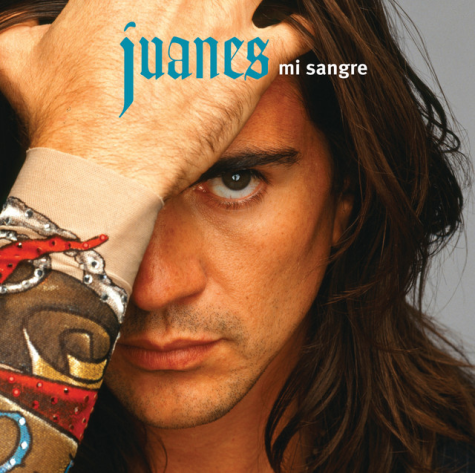
“La Camisa Negra,” Juanes
A song filled with double meanings and words that almost sound like curse words, Colombian singer Juanes (with his prior hard rock experience) knows how to perform a song that accurately describes the “mourning period” of a breakup. Juanes’ black shirt (the title of the song in English) symbolizes the anger and remorse central to this experience.
With an easily recognizable guitar riff and an opening line that’s painfully Colombian (“Uno por pobre y feo, hombre pero antoja’o”), it is no surprise that Juanes achieved fame outside of his home country, reaching No. 89 on the Billboard Hot 100 and charting in various European countries.

“Eres,” Café Tacvba
Mexican band Café Tacvba, pronounced as Café Tacuba, performs a ballad so smooth and sweet you’d almost fall in love. You can hear the declaration of love immediately when the song begins; singer Emmanuel del Real’s passion intensifies alongside the instruments as the song reaches its chorus.
A tune reminiscent of the powerful love ballads popularized in the United States during the ’70s as well as early ’00s pop-rock, “Eres” (“You Are” in English) carries a great legacy, winning Best Rock Song in the fifth annual Latin Grammys and reaching over 400 million viewers with its music video. Additionally, the video won Video of the Year at the 2004 MTV Music Awards Latinoamérica.

